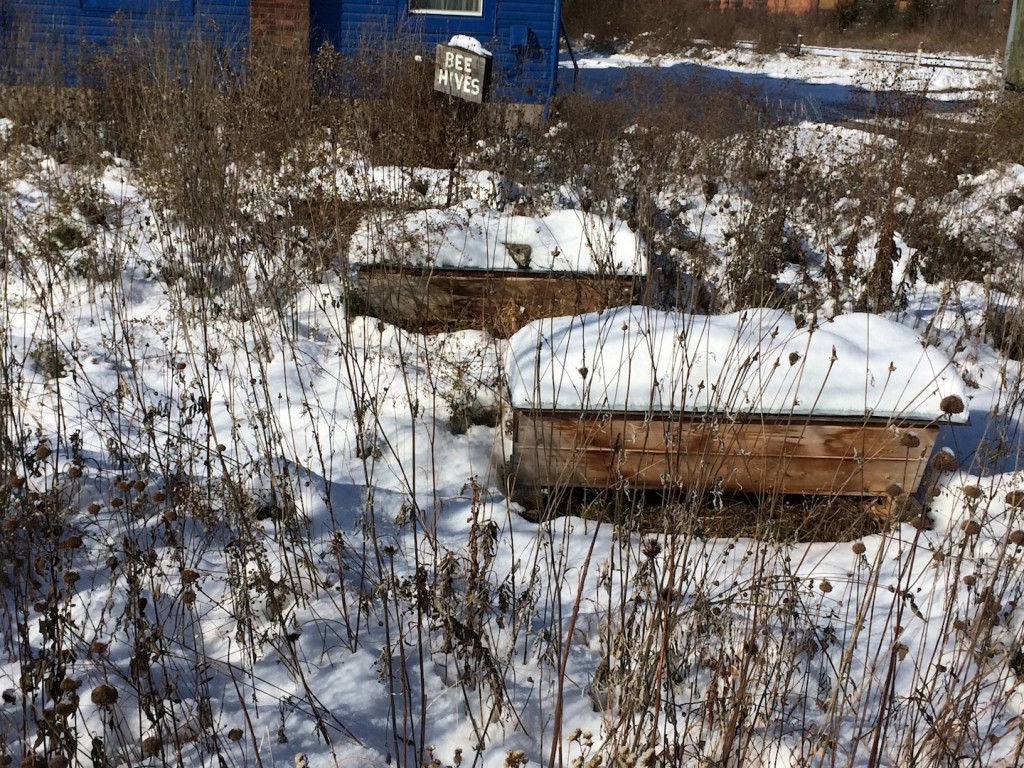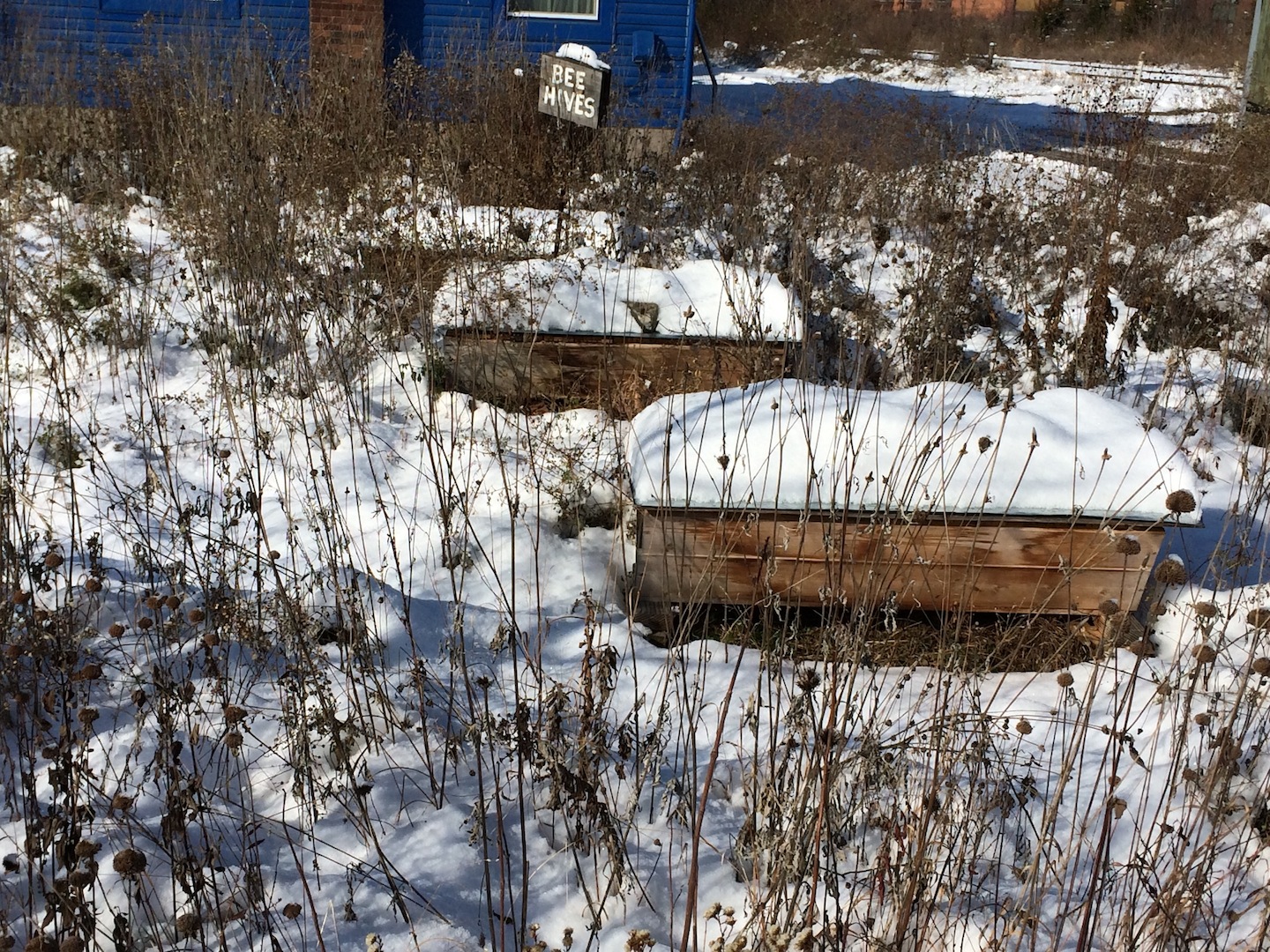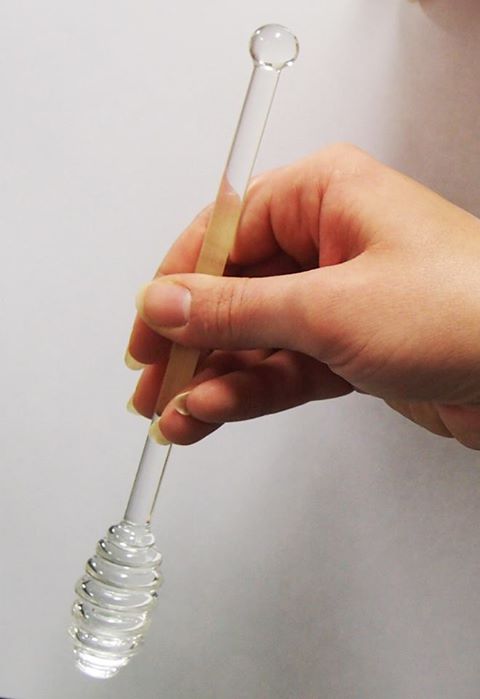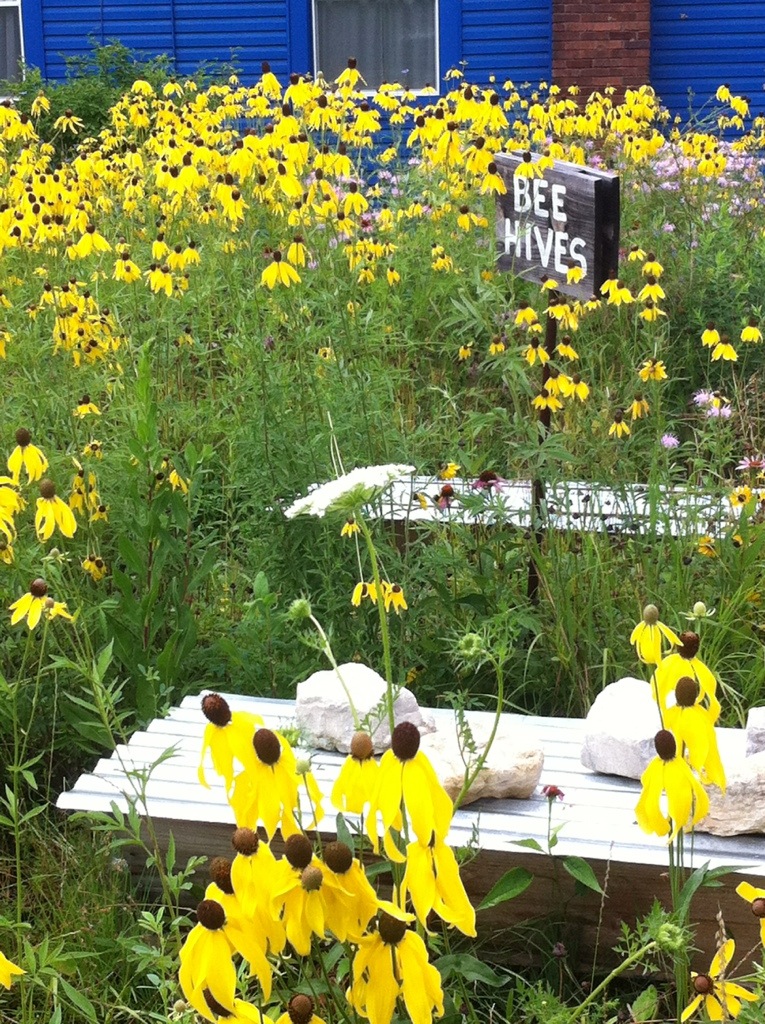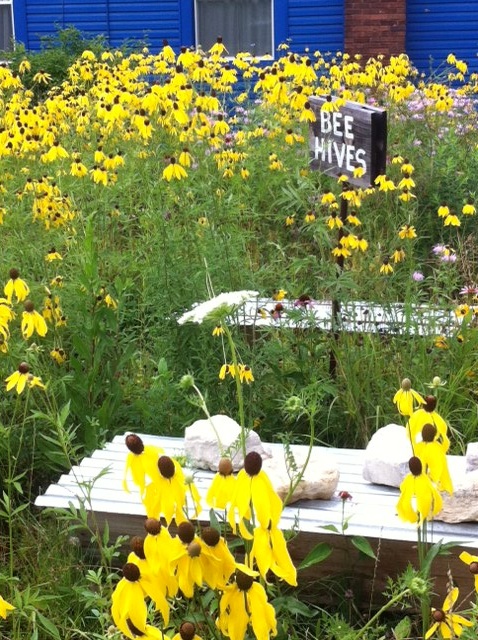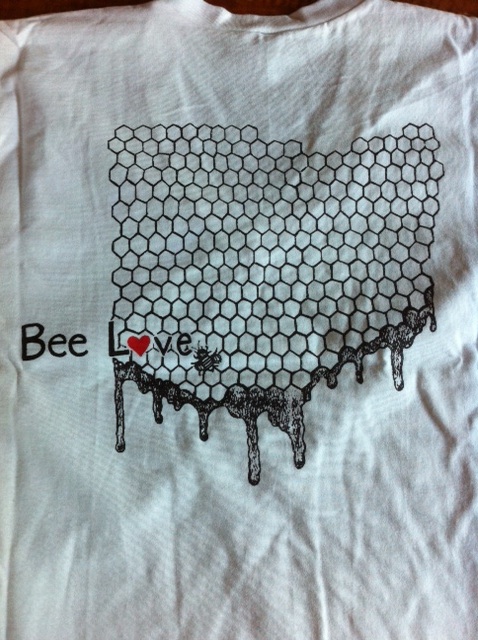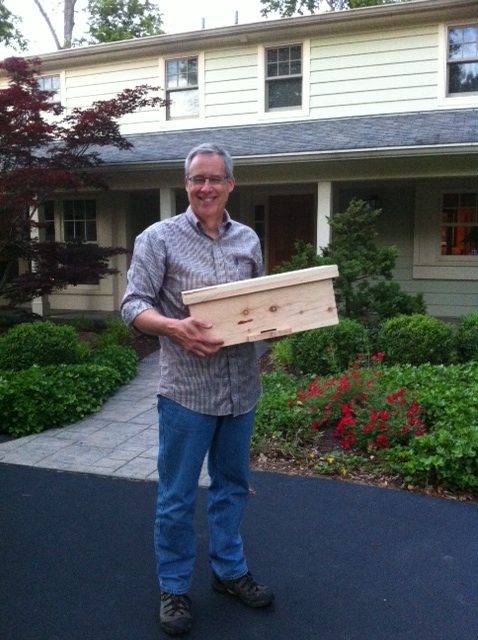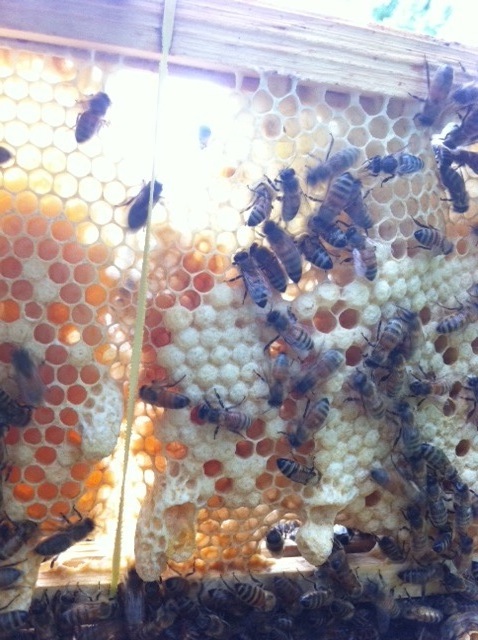THE BEE CAROL
by Carol Ann Duffy
Silently on Christmas Eve,
the turn of midnight’s key;
all the garden locked in ice –
a silver frieze –
except the winter cluster of the bees.
Flightless now and shivering,
around their Queen they cling;
every bee a gift of heat;
she will not freeze
within the winter cluster of the bees.
Bring me for my Christmas gift
a single golden jar;
let me taste the sweetness there,
but honey leave
to feed the winter cluster of the bees.
Come with me on Christmas Eve
to see the silent hive –
trembling stars cloistered above –
and then believe,
bless the winter cluster of the bees.
